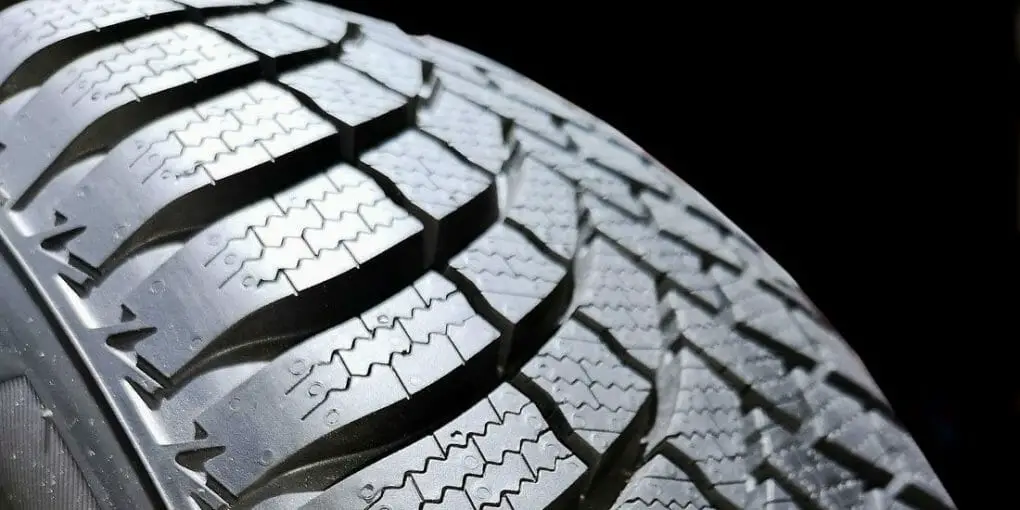Slashing a tire is usually done with the intent of total damage to the tire. People resort to slashing other people's tires when they are angry with them or want to do them harm. The founder of Classic Car History, Mark Trotta, said in an article that the increase in tire slashing wasn't because tires became easier to slash. He made it known that the people in the society became meaner and wicked, thus the increase in tire slashing.
Another research also shows that children who were treated for lead poisoning were prone to carry out violent acts and are very aggressive. They could even resort to slashing tires at random, not for any reason in particular.
Tires are very durable, and they roll at high speeds, carry heavy loads of cars and trucks, for long periods. The people involved in tire slashing know for sure that tires can't withstand the destruction knife does to them. This, however, isn't the only damage known to tires during slashing.
Slashing a tire with a knife might cause an explosion, as the pressure in the tire burst out immediately. This often happens when it involves tires of large trucks. This article gives step by step procedure of what to do to fix a slashed tire, and you don't necessarily have to buy new ones, as you can repair slashed tires.
How to know if your tire is not repairable
Not all slashed tires can be repaired, some can be, while some can't. The first thing to remember is to check the area where the slash was done; any slash that is not within the tread area should not be repaired. If the slash is beyond the tread area, the tire should be replaced, not repaired.
- You can also know if your slashed tire is repairable or not by considering the size of the puncture/slash. If the damage f the slash is more significant than one-fourth in inches of the diameter, it is better to replace it.
- If a tire is severely damaged, it is of no use repairing it. Repairing it can cause more damage if such a tire is put on the road. If a new slash is in the same place or close to where puncture/slash was recently repaired, then it should be replaced.
- A slashed tire should be replaced, not repaired if the slash is deep. This is because it might have affected the internal areas of the tire. Fixing such can change the tire's performance and put both the car and the driver in great danger.
- If it is the sidewall of a tire that is slashed, repair should not be an option. The sidewall is pivotal to the structure and function of a tire; any damage to it will affect the totality of the tire. Hence total replacement should be done in case of any damage.

How to prevent someone from slashing your tire
Preventing someone from slashing your tire can be quite tricky, as you can't always be where you park your vehicle. However, you can take some practical steps to prevent such occurrence.
1. Park your vehicle in a secure place
If your apartment does not have a garage, you can consider parking your car where there is light, so someone can spot if anything is being done.
2. Install motion sensor lighting in front of your house
If you park your car in front of your home, the slasher will get scared away if a light suddenly comes up in the area.
3. Install security cameras in your parking lot
The slashing of tires happens mostly at night; security cameras will give the criminals a sense of fear when he knows he will be caught after the act.
4. Having an alarm in your car
The alarm goes on if something or someone touches it. This might not be all that practical, as the signal will always go on even if an innocent person passes by the car. But it will at least scare the criminals away knowing he can be caught if the alarm goes on.
Quick fixes for flat tires
This is also known as Fix-a-Flat. It is never intended to be a permanent solution to flat tires. It should only be done as a temporary solution until it can be replaced or a spare tire fixed. Quick fixes are beneficial as you will never be stranded in the case of flats. The following are quick fixes that can be carried out on units when you have one.
1. Tire sealants
These are chemicals used to block slashes when they are detected; they are for quick fixes; it helps in cases of emergency and can be used only for small holes. It is rapid and easy to use, not expensive at all. The wrong side to sealant is that the chemical can damage the tire monitoring system, it can also make the replacement difficult as it can cling to the wheel.
2. Plugging the tire when on the wheel
This can be considered a better choice than sealants, but it is still temporary. You can force a plug into the tire without first removing it from the car. It is instrumental if the tire has no internal damage. If it has internal damage, there is no way to know if this method is to be used.
Other methods to carry out a quick fix are as follows:
- Remove the tire from the car; all cars come with its spare tire and tools. You'll need them to remove the tire safely.
- Find the puncture: To know the exact area of the hole, you'll have to inflate the tire. This puts pressure on the tire and helps to see where the leak is coming from.
- Turn the tire around to see where the hole is, you can view this physically, or you'll have to listen for hissing sounds. Once there's pressure in the tire, a hissing sound will be heard to show where the air is leaking from.
- After the hole of the puncture is identified, you can then use your plug to block the vent. This plugging tool comes with your car tool kit. Push the plugin until it is only a little sticking out. Then you fill the tire with the appropriate air pressure and remount on the car. This will only help your tire for a while; you still have to replace the tire or fix a spare.
How To Fix This - Patch A Tire
How to Fix a Slashed Tire FAQs
Plug or Patch, which should I use for flats?
Both methods are used in emergency cases of flat tires, but patching is time-consuming. You don't have all the time to waste on fixing a flat; you could as well go to the expert to change the tire instead. So if you need to do a quick fix on your tire, plugging will do just fine.
Does tire insurance cover for my slashed tires?
Tire insurance only covers for road hazards, not for criminal or intentional damage. If this wasn't the case, anyone could slash his tires himself so that he can get new ones.
How long can I drive on a tire with a plug on it?
Plugs are meant to be temporary, but if done correctly, it can last the whole lifetime of the tire or average. This also depends on the extent of the puncture before it was plugged and patched.
Why can't I repair my tire sidewall?
Plugs and patches can only hold on the tread because of the cords they have, but sidewalls do not have ties. This makes it difficult for caps to stay on them. If your sidewall is punctured or slashed, the best thing is to replace the tires.
Can I plug my tire more than once?
If you had to plug a tire once due to slashing or puncture, and you have to do it again, you must make sure that it isn't in the same place as the previous one, or close to it. Otherwise, replace the tire. It is not safe to continue plugging a tire without proper repair to the previous one.
Final words and recommendations
Everybody always wants to fix things quickly and sharp, but few know how to carry it out themselves. You don't want to be stranded on the road because of flat tires, or because someone slashed your tire, you can always carry out the replacement or temporary repair.
The quick fix methods described above are your sure bet anytime you have a case of emergency on your tires.
Sources:

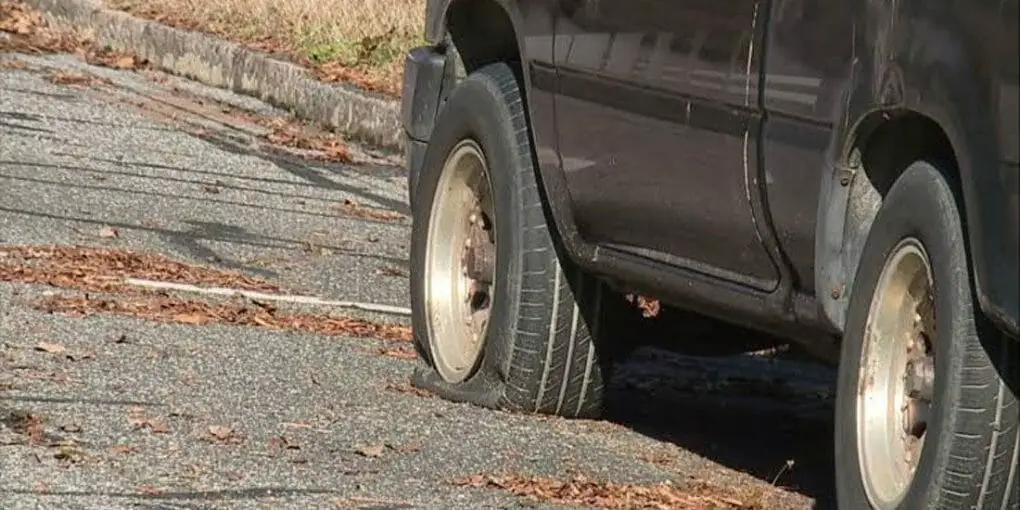
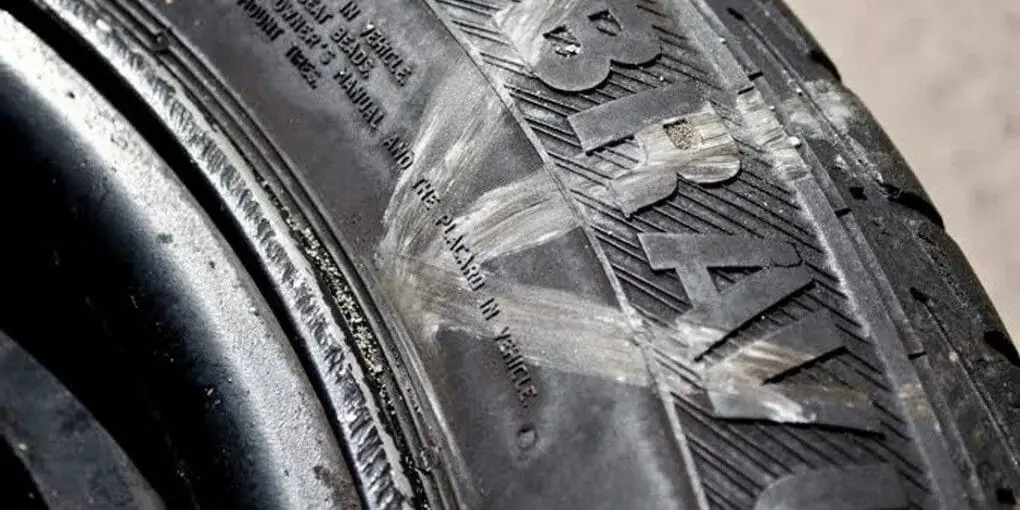
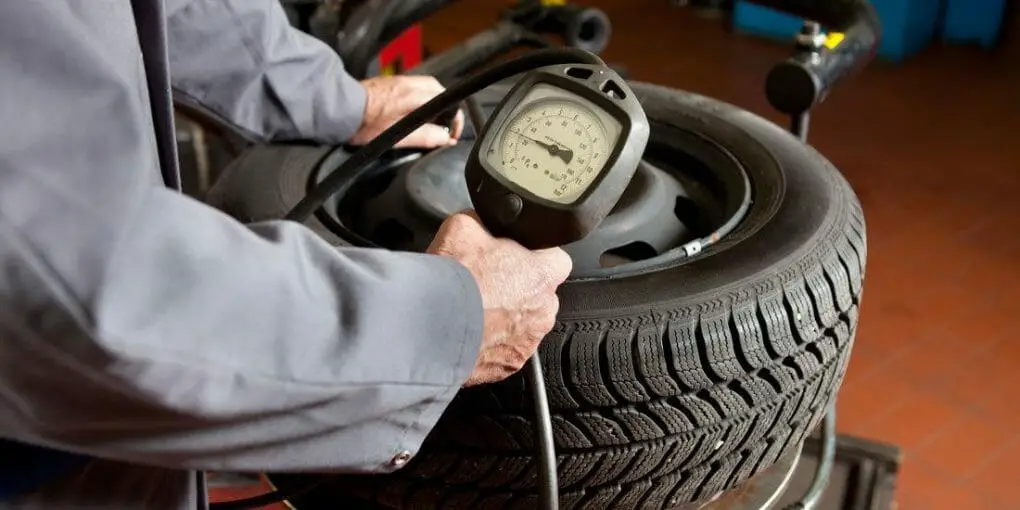

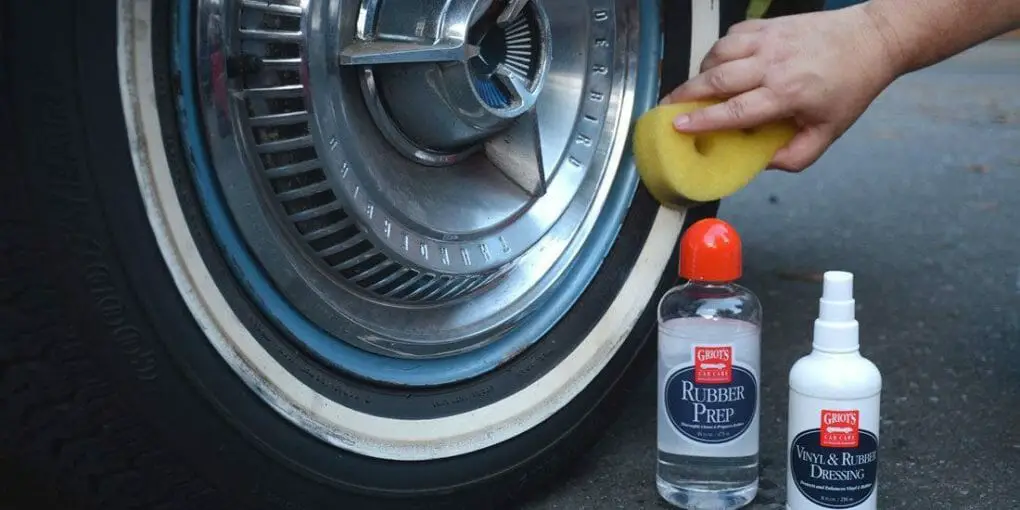

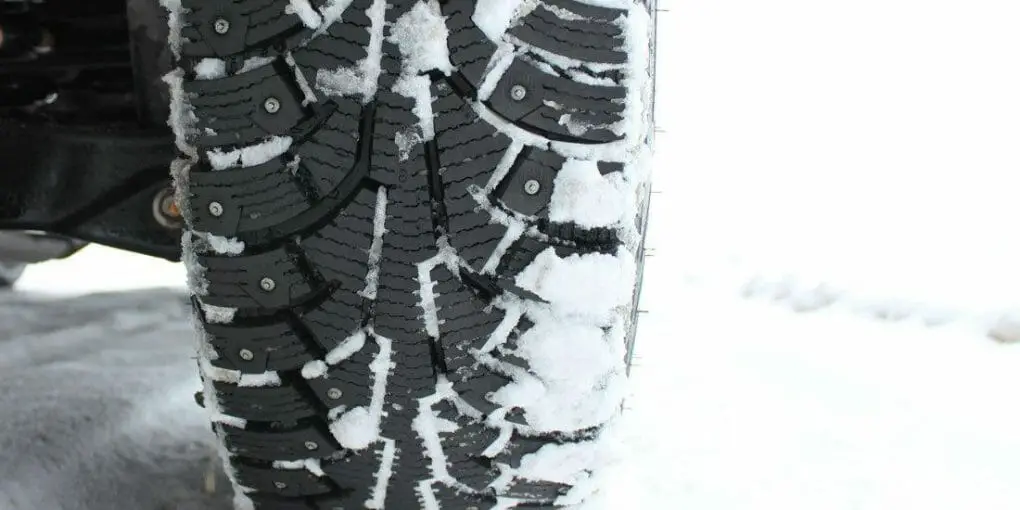
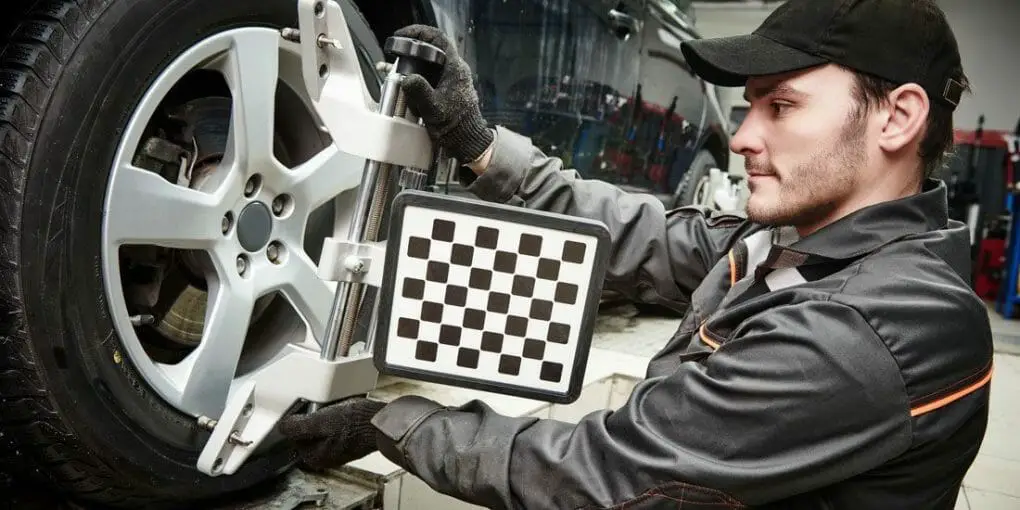
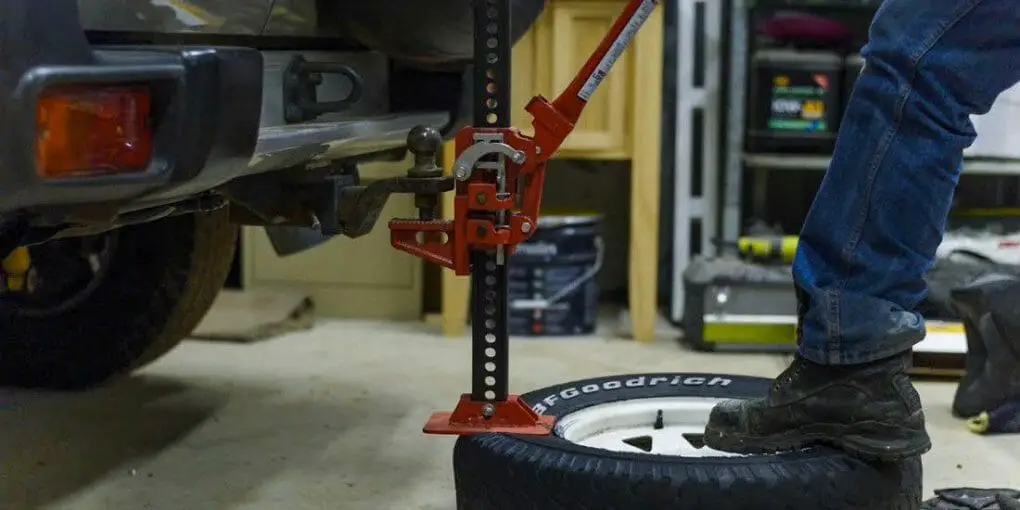
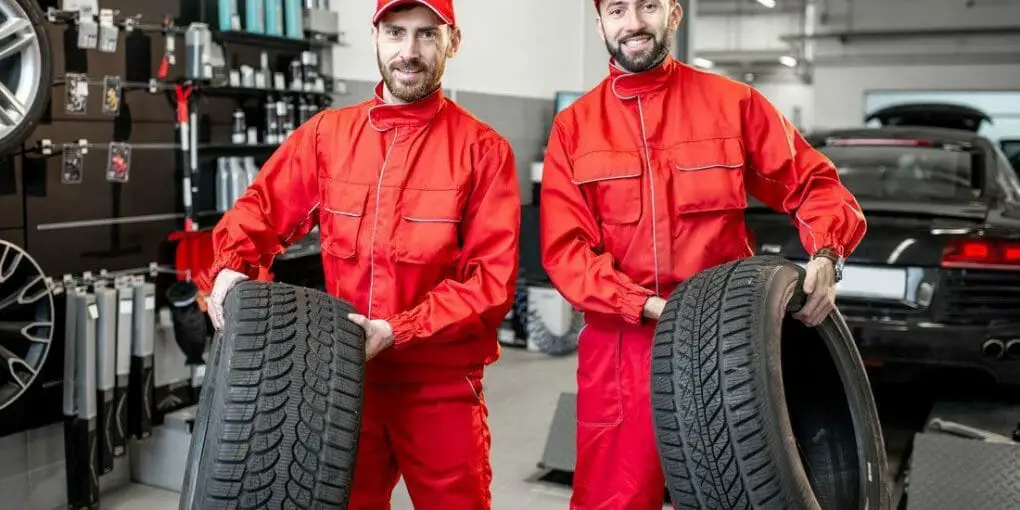
![How Bad Are Primewell Tires? [We Reviewed 5 Models] How Bad Are Primewell Tires](https://tirehubz.com/wp-content/uploads/2020/01/how-bad-are-primewell-tires-1020x510.jpg)

